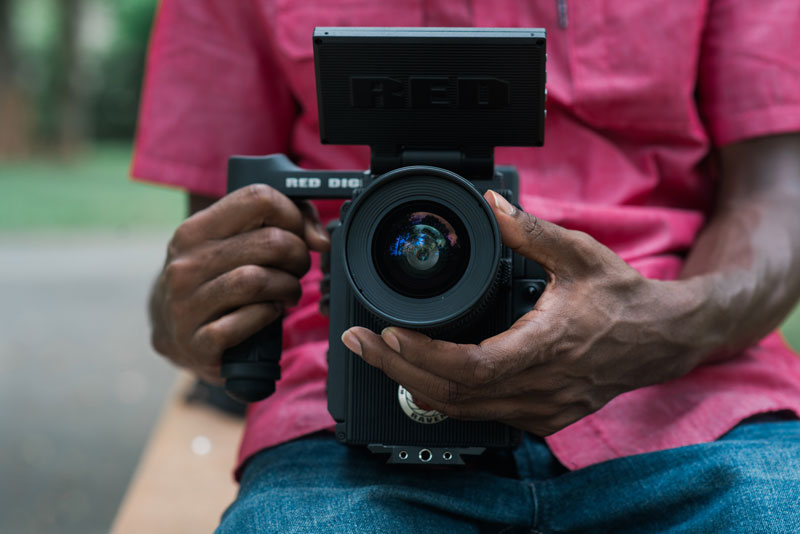
08 Nov Cinematic Composition: The Importance of Depth
Positioning the camera to capture your mise-en-scéne elements is known as composition and framing. Much like blocking of talent within a scene, framing creates visual patterns that draw attention and highlight relationships, emotions and meaning within a scene.
Composition & Framing 101: Depth
The first characteristic to consider in framing and composition is Depth.
Depth is arguably the most import element of composition, as it directly impacts the extent of which you can utilise the other elements. Exactly as it sounds, depth is the effect created by placing the camera in a position or angle that highlights all 3 dimensions of the frame.
-
-
- The Foreground – the area closest to the camera
- The Middleground – The area between the foreground and the background
- The Background – The area furthest from the camera.
-
Creating depth in a shot creates a sense of realism and immersion and is pleasing to the eye. Depth can be created by looking for natural lines of perspective or a natural frame within the frame, to draw the audience’s attention to the subject of the scene and in conjunction with lighting and blocking the convey meaning or implication.
Paul Thomas Anderson’s ‘Punch Drunk Love’ (2002) is an excellent example of creating depth. The opening sequence uses lines of perspective and frames within the frame several times to draw your attention to the protagonist, Barry Egan (Adam Sandler), as well as to give clues to his personality and create a mental connection between him and the audience.
The sharp painted lines on the wall draw your attention to him and his placement in the corner in a brightly lit but shadowy and otherwise empty space. This suggests that he is somewhat of an outcast.
Later as he moves out into a different environment, the garage door is used as an internal frame to keep our attention on Barry through the shift. Then, as he moves outside, the lines of perspective of the straight driveway establish the audience within Barry’s point of view, looking toward the road.
Alternatively, you can shoot your scene in flat composition, which removes depth and essentially keeps the scene 2-Dimensional. This can be a really effective to convey indifference, dejection and tension. Because this is less visually pleasing and less immersive, it will feel slightly uncomfortable to the audience. The phone scene in Punch Drunk Love is great example of the contrast of depth.
The shots of Barry here make use of the background and space covering more angles, drawing the audience to empathise with his plight. In contrast, Phillip Seymour Hoffman’s character is shot in a relatively flat manner with only the foreground in view which suggests his indifference and cold nature.
Depth of Field
Depth of field can be used to manipulate perspective within a shot. The depth of field refers to the range of focus between the different grounds in your shot and is determined by the focal length of the lens of the camera and the aperture settings used.
Deep Focus – When shots have a high depth of field, the entire shot is in crisp focus. This means that the entire shot from foreground to background is in focus. Deep focus is useful for group shots or multiple action sequences running concurrently in the one shot.
Shallow Focus – A low depth of means that only a particular ground of the shot will be in focus whilst the rest of shot becomes blurred. Either the foreground or background will be focused on depending on where you want the audience to look. You can even switch focus during the scene to change perspective or direct attention between different subjects.
Here is a fantastic video from Studio Binder which delves into the nitty gritty of depth of field in cinema. Not to mention the best impression of Sir Patrick Stewart I think I’ve heard!


